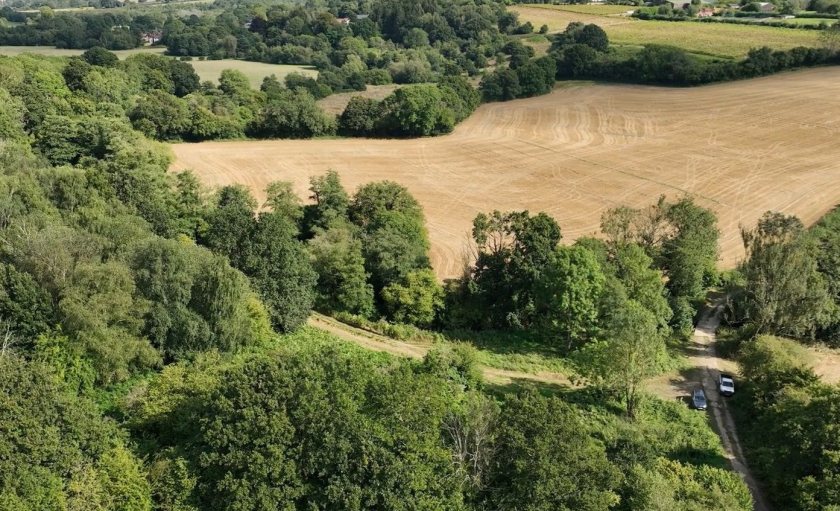
Kent Wildlife Trust has confirmed the purchase of Hoathly Farm in Lamberhurst, a 400-acre arable site acquired through its largest land appeal to date.
The move, funded by £1.6m in donations, is intended to support one of the county’s most ambitious wilding projects – though some in the farming sector remain wary about what such schemes mean for food production.
The charity says it will transform the intensively farmed arable land into a connected “wilding corridor” stretching between Kent and Sussex.
Proposals include creating wood pasture, species-rich meadows, hedgerows and woodland, as well as re-wetting parts of the River Teise to restore its natural meanders.
According to the Trust, this work will help improve air and water quality, store carbon, and reduce local flood risk.
Financial backing came from major donors and organisations including Lund Trust, GJ2S, Melissa and Stephen Murdoch, and Katie and Patrick Hargreaves.
Paul Hadaway, director of conservation at Kent Wildlife Trust, said: “Our focus now is on returning this land to nature, creating a dynamic reserve where vital habitats and wildlife can thrive.
"By allowing the landscape to recover, we open the door for lost species – such as the pine marten – to return, alongside a greater abundance of the wildlife that makes Kent special.
“The success of this appeal shows what is possible when people come together for nature’s recovery, bringing us closer to a wilder, more resilient Kent and our Wilder Kent 2030 vision.”
While conservationists have welcomed the acquisition, some farmers in the region have expressed concerns that large-scale rewilding could reduce land available for food production at a time when domestic supply and food security are high on the political agenda.
Others argue that carefully managed land can both produce food and provide habitats for wildlife, but they want assurances that productive capacity will not be undermined.
Hoathly Farm borders Furnace Farm, also owned by the Trust, and together they form a central part of the Wilder Kent 2030 strategy, which calls for at least 30% of the county’s land and sea to be connected and protected for wildlife by the end of the decade.
